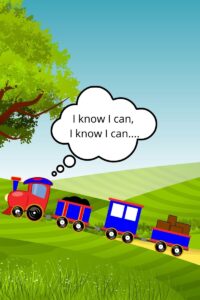As a dual-certified professional organizer, I’m often expected to have it all together. But the truth is, I’m human, just like my clients. I struggle with the same emotional attachments to stuff that make it hard for others to let go. As a result, I have stuff and history to declutter.
We All Struggle to Declutter 
This past week on Instagram, I have been sharing some of the areas of clutter where I struggle. Today I shared a sneak peek into my own desk cupboard, where I store old Day-Timers and notebooks. It was a moment of vulnerability, and I was surprised by how many of you resonated with it! It seems we all have our own secret stashes, struggles and yes, some history to declutter. Like many of you, I find it hard to part with these items, each holding a piece of my personal and professional life.
One of the key messages I want to convey in my POV series is that as organizers, we are human too. We face the same challenges as our clients. But here’s the thing: as a professional organizer, I have the strategies and skills to tackle these challenges. However, the question is – do we use them?
Take Action
After posting today’s reel, I felt inspired to tackle this project head-on. Action is forward movement and progress can’t occur without it. Armed with determination and my trusty organizing strategies, I dove into the decluttering process. I filmed the process and tomorrow I’ll share a follow-up reel to show you the result.
Set a Time Limit
This was not a scheduled project, and I already had a full list of To Do’s for the day. So, I set a time limit: I would see how much I could do in 30 minutes. This had an added benefit; I knew based on the timeframe of the day-timers that there were emotionally charged items. The time limit gave me permission to slide past anything that might be too emotionally charged to tackle in the time I had available.
The Decluttering Process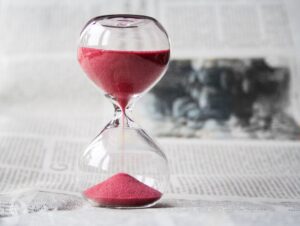
Here’s how I approached the decluttering of my cupboard:
- Assess the Contents: I took everything out of the cupboard to see exactly what I was dealing with. This step is crucial in understanding the scope of the project.
- Sort and Categorize: Next, I immediately put back anything I knew was an emotional rabbit hole. Let me tell you – it was a journey! I glanced through years of appointments, and schedules. I relived memories, cringed at outdated goals, and even found some treasures I thought were lost forever. As I worked through the stack, I realized that some things were truly worth keeping – like notes about the start of my business. But most of it? Well, let’s just say I won’t be needing those old voice mail notes from 1997 anytime soon.
The Aftermath
Afterward, I’m left with a decluttered cupboard, a huge stack of paper that’s destined for the burn pile (more therapeutic than shredding), and a few treasures to pass along to new homes. Three binders and a portfolio are looking for a new owner – anyone interested?
The Lesson
Decluttering and organizing aren’t about being perfect; they are about being intentional. Recognize what’s truly important, let go of the rest, and create systems that support your goals. Create space for what truly matters. It’s a constant process, and even I need a constant reminder.
Moving Forward
As a professional organizer, I know the strategies. But as a human, I need to apply them just like everyone else and remember to have self-compassion when things get tough. And that’s okay.
I hope this inspires you if you also have some history to declutter in your own space. Stay tuned for tomorrow’s reel, where I’ll share the decluttering process and more tips for tackling your own paper clutter.
And remember – progress, not perfection.

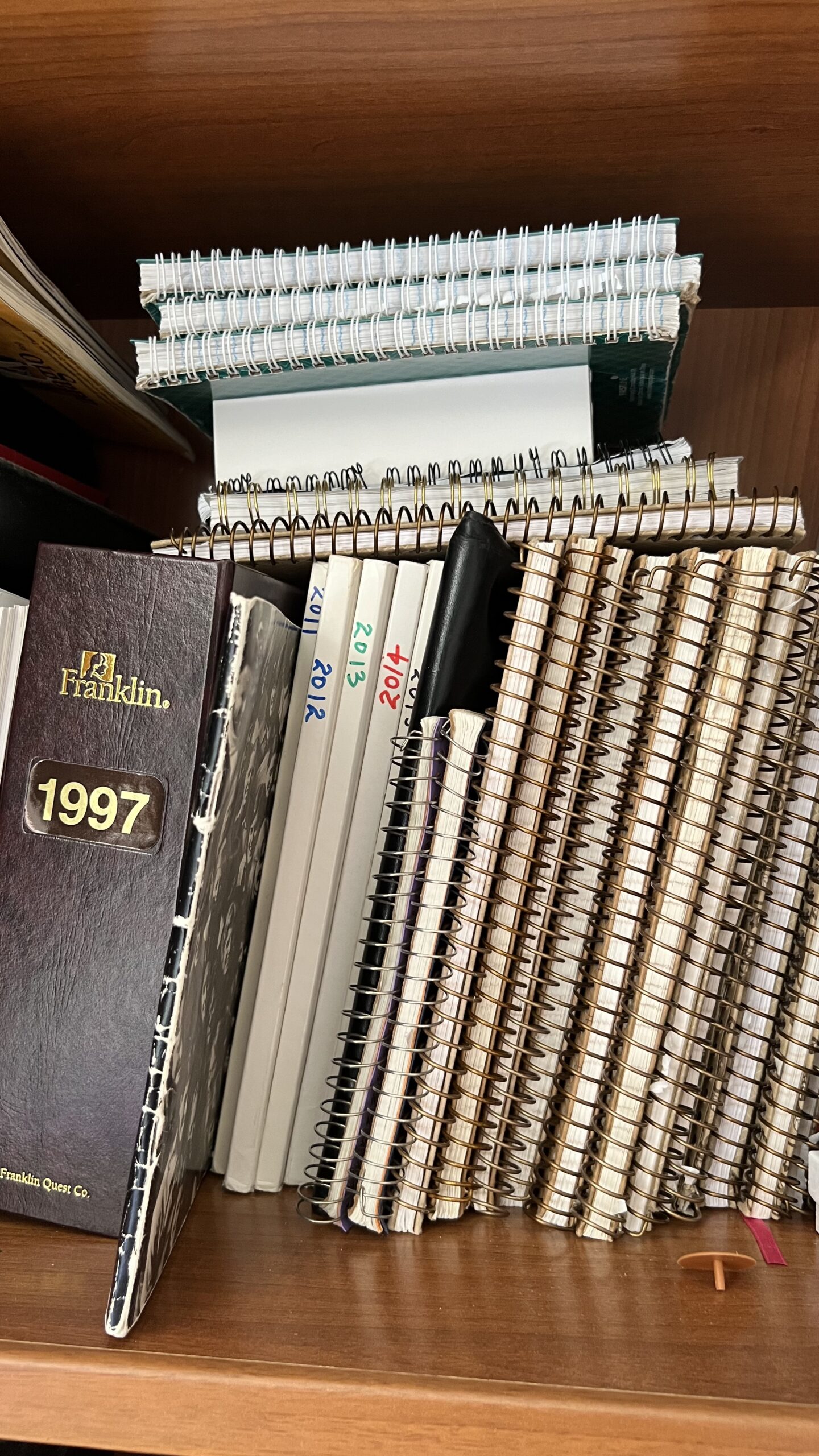

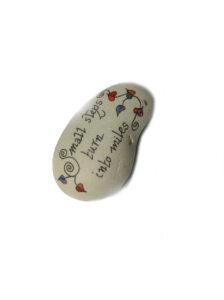

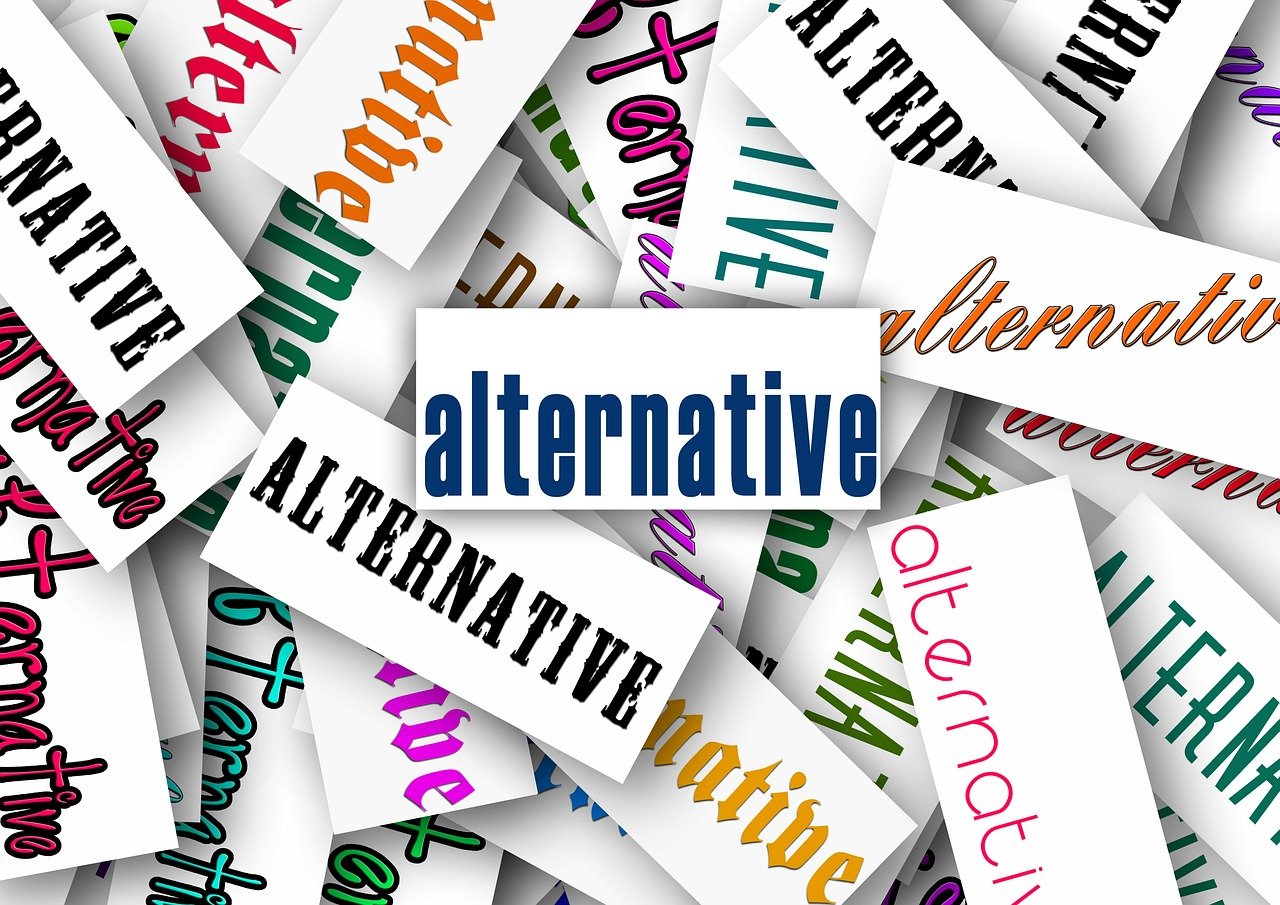




 Say “celebrate” and many people think champagne, confetti and fireworks. In fact, try and find a royalty-free picture for celebration and I was hard pressed to find one that didn’t include champagne, crystal glasses or someone toasting.
Say “celebrate” and many people think champagne, confetti and fireworks. In fact, try and find a royalty-free picture for celebration and I was hard pressed to find one that didn’t include champagne, crystal glasses or someone toasting.












